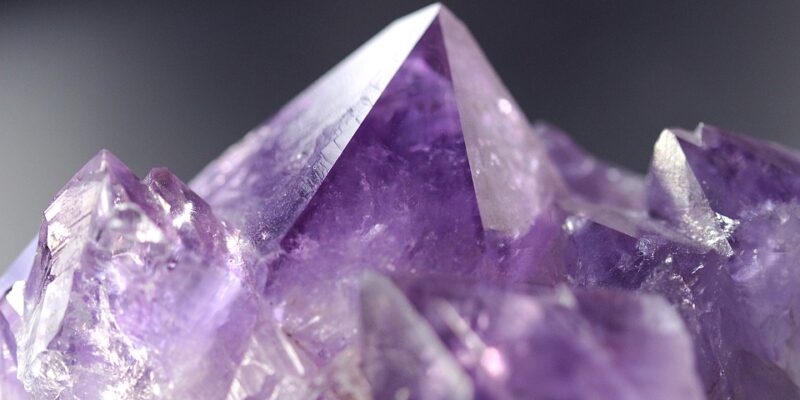The Fascinating World of Magical Creatures and Folklore
From ancient times to the present day, humans have been fascinated by stories of mythical beings and magical creatures that inhabit the world. These fantastical creatures have captured our imaginations and sparked our creativity. Whether they are benevolent beings that bring good fortune or malevolent creatures that bring chaos and destruction, mythical beings play a significant role in our cultures and societies.
The Importance of Magical Creatures in Folklore
Magical creatures are an integral part of folklore and mythologies around the world. They serve as symbols of power, wisdom, and spirituality. Many cultures have stories of dragons, unicorns, and other mythical beings that represent various aspects of the human experience. These creatures often embody qualities that are admired or feared by humans, such as strength, beauty, or cunning. Through these stories, people pass down values, beliefs, and traditions from one generation to the next.
Magical creatures are also used to explain the unknown and to make sense of the natural world. In ancient times, people relied on stories of supernatural beings to understand natural phenomena like thunderstorms or earthquakes. By attributing these events to the actions of mythical creatures, humans could find solace and meaning in the chaos of the world.
Types of Magical Creatures
There are countless types of magical creatures found in folklore and mythologies around the world. Some of the most well-known include:
Dragons:
Dragons are legendary creatures that appear in the folklore of many cultures. These serpentine creatures are often depicted as powerful and fearsome beasts that breathe fire and are capable of great destruction. In Western cultures, dragons are often seen as symbols of evil and chaos, while in Eastern cultures, they are considered to be symbols of power and strength.
Unicorns:
Unicorns are mythical creatures that resemble horses with a single horn protruding from their foreheads. These gentle and graceful beings are often associated with purity and innocence. In folklore, unicorns are said to possess healing powers and are believed to bring good luck to those who encounter them.
Mermaids:
Mermaids are legendary aquatic creatures that are half-human and half-fish. These enchanting beings are known for their beauty and their ability to lure sailors to their doom. In folklore, mermaids are often seen as symbols of seduction and temptation.
Elves:
Elves are mythical creatures that are often depicted as small, humanoid beings with pointed ears and magical abilities. In folklore, elves are known for their craftsmanship and their connection to nature. These mischievous beings are said to dwell in forests and meadows, where they protect and care for the land.
The Influence of Magical Creatures on Popular Culture
Magical creatures have had a significant impact on popular culture, inspiring countless books, movies, and TV shows. From J.K. Rowling’s Harry Potter series to J.R.R. Tolkien’s Lord of the Rings, mythical beings play a central role in some of the most beloved stories of our time. These fantastical creatures have captured the hearts and minds of audiences around the world, becoming iconic symbols of imagination and creativity.
Magical creatures have also become popular motifs in art, fashion, and design. From fairy-tale-inspired fashion collections to mythical creatures-themed art exhibitions, these fantastical beings continue to inspire and captivate artists and creators. Through their portrayals of magical creatures, artists are able to explore themes of fantasy, escapism, and wonder.
The Symbolism of Magical Creatures
Magical creatures are often used as symbols in literature, art, and religion. These fantastical beings can represent a wide range of ideas and emotions, from courage and bravery to fear and destruction. Magical creatures are imbued with meaning and significance, making them powerful symbols that resonate with audiences on a profound level.
Dragons, for example, are often used as symbols of power and strength. In many stories, dragons are portrayed as formidable foes that must be defeated by heroes who possess courage and determination. Unicorns, on the other hand, are often seen as symbols of purity and innocence. These graceful creatures embody qualities of beauty and goodness, serving as beacons of hope in a world filled with darkness.
The Legacy of Magical Creatures
Magical creatures have a rich and storied history that spans centuries and crosses cultures. These fantastical beings have been passed down through generations, evolving and adapting to reflect the changing world around them. While the specifics of these creatures may vary from culture to culture, the themes and ideas they represent remain universal.
As we continue to explore the world of magical creatures and folklore, we are reminded of the power of storytelling and the enduring appeal of the fantastical. Through the tales of dragons, unicorns, and other mythical beings, we are able to connect with our past, make sense of our present, and imagine a brighter future filled with wonder and magic.
It is through the stories of magical creatures that we are able to explore the depths of our imagination and unlock the secrets of the universe. These fantastical beings invite us to embrace the unknown, to question the boundaries of reality, and to discover the limitless possibilities of the human spirit.
